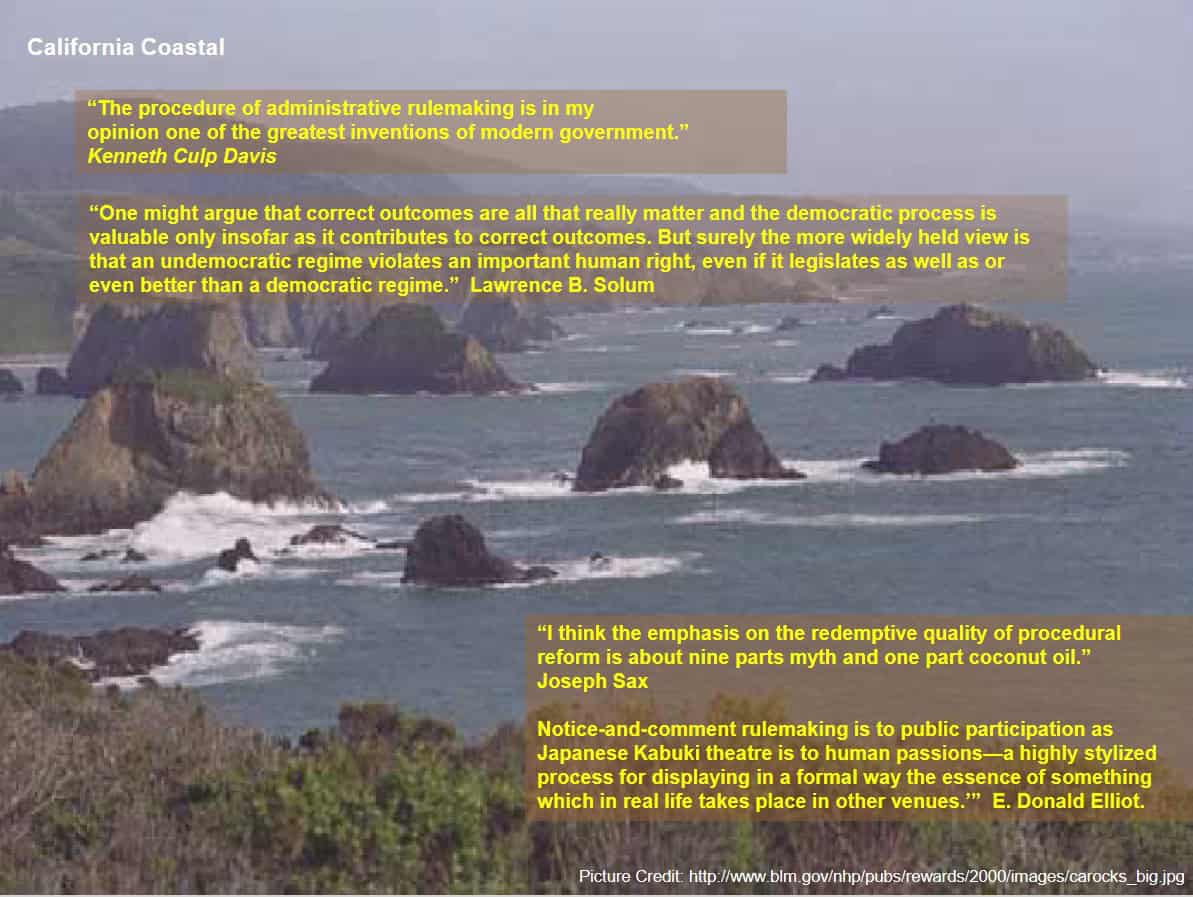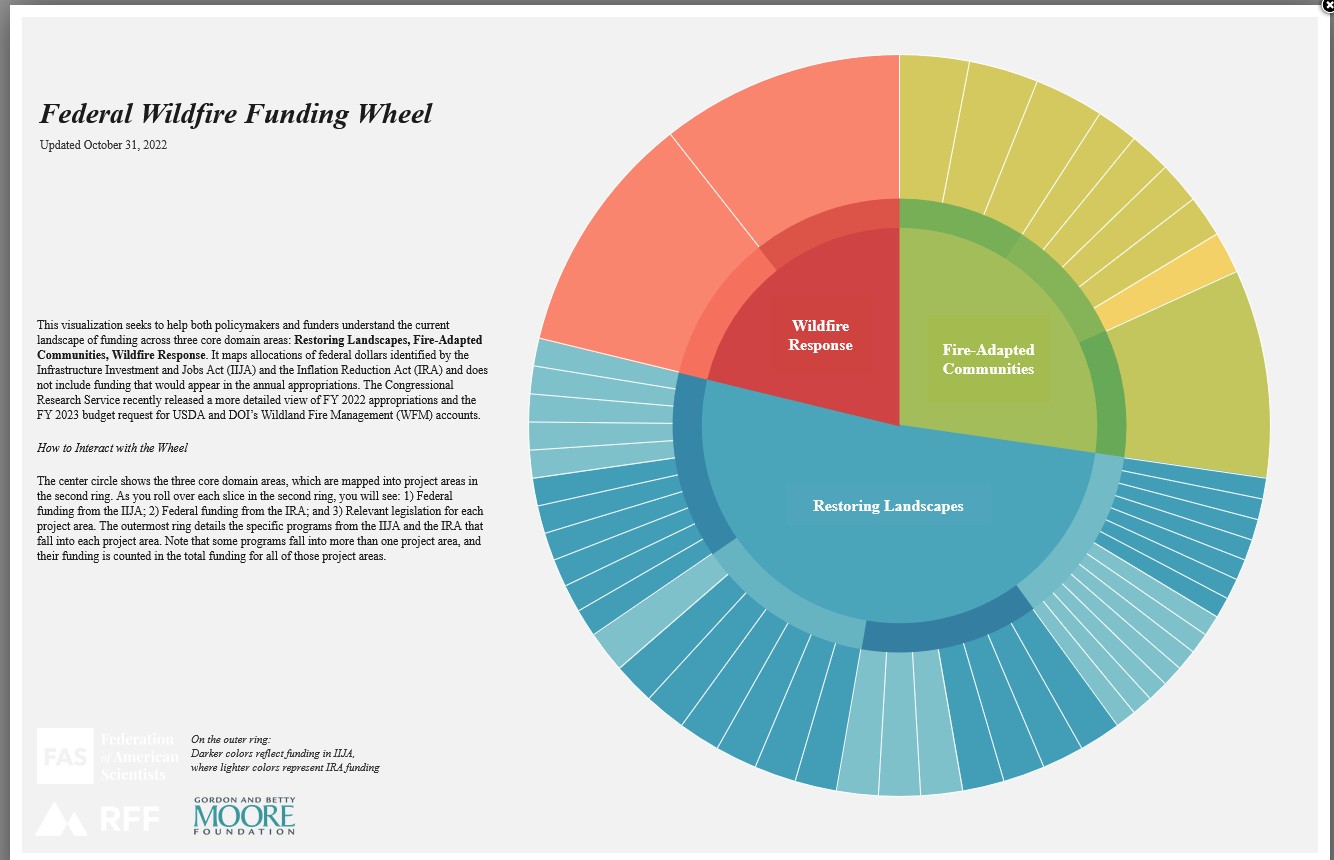George Wuerthner did an impressive roundup of examples of Tribes wanting to produce useful things for the rest of us on their land. Many thanks to Patrick McKay for finding this! It’s fairly long and worthy reading in its entirety, but I did summarize and excerpt the parts I thought of particular interest to TSW folks.
Wuerthner joins us in lamenting some of the choices made in media about what they cover- and what they don’t:
What I call an Indian Iron Curtain exists among the media and conservation organizations. Like the old Soviet Union Iron Curtain, which attempted to promote Communism and censored anything contradicting the notion that Communism was anything but a perfect social and political system. The Indian Iron Curtain exists to promote tribal people as somehow exemplary conservationists.
At the same time, any information that might temper that conclusion is ignored or suppressed. Of course, just as in the larger society, there are diverse opinions among tribal groups. They are no more monothetic than American society as a whole.
Like the fable about the emperor who wore no clothes, people are afraid, especially with the advent of the social justice movement, to suggest that tribal people are like other humans and are capable of good and bad conservation positions.
Anyone who questions the dominant paradigm that tribal people are somehow “naturally” environmenalists (which is a racist assertion in its own right) is immediately branded as a racist, a colonialist, an imperialist, or, in some cases, a White male, which means you have no credibility since you are the ultimate beneficiary of “white privilege.”
Yet there is plenty of evidence—evidence that is too often ignored or overlooked–that tribal entities are perfectly capable of environmentally destructive policies.
*******
What I think is most interesting about George’s view is his view that people who produce natural resources (used by everyone around the world) are only driven by the desire for money.
I must state that I am not judging these tribal decisions to exploit wild nature. I cannot say with any assurances that if presented with the opportunity to reap a fortune from oil and natural gas drilling, logging old-growth timber or mining a significant gold or copper deposit I would reject the financial prospects. Nevertheless, I would expect conservation organizations to criticize my choices.
There is a fundamentally different view from mine. Mine is that as long as people make useful things from natural resources, to eat, build housing, heat their homes and cook their food, transport things and provide electricity (just for a few examples), it is right for people who have the resources to share them with others who need them. I think “sharing useful things with those who don’t have them” is a positive human view of the same phenomenon.
If using the resource, say, is morally wrong, then the folks who believe that should stop using them first, before they ask others to stop producing them. National security-wise, it is bad juju to decide to stop producing things people need domestically.
Anyway, I think Wuerthner definitely has a point about what some conservation groups (and Colorado politicians) don’t mention, and media outlets don’t look into. Like when BLM had its webinar about the oil and gas regs, and the Tribal folks said they wanted “all of the above” and union folks were concerned. I guess it either didn’t fit the narrative, or there were no media folks there.
Here are the topics:
Fossil fuel development Alaska
Badger-Two Medicine (I’m posting all this one because it’s related to NFs)
The last oil lease in the Badger-Two Medicine area of the Helena- Lewis and Clark National Forest in Montana was recently canceled. In numerous newspaper stories and among conservation groups, this was celebrated with many references to the Badger-Two Medicine as “sacred” land to the Blackfeet Indians, whose reservation borders the area. However, it is essential to note that the tribe does not own the national forest lands. Why that is important is critical to consider.
Badger Two Medicine Area on the Helena-Lewis and Clark National Forest, Montana. Photo George Wuerthner
What is never mentioned is that for decades, conservationists have tried to protect the Badger-Two Medicine as federal wilderness, which, given the strict limits on any development, would seemingly protect the “sacred” status of the area from any exploitation. Most recently, after the tribe agreed to a watered-down agreement to protect the Badger-Two Medicine by federal legislation introduced by Senator John Tester, the tribal representatives arrived in Washington to testify against the proposal, much to the chagrin of Senator Tester.
No environmental organizations reported on this reversal in tribal support for protecting the “sacred” Badger-Two Medicine.
Oil drill rig on the Blackfeet Reservation, Montana. Photo Tony Bynum
The Blackfeet have continuously opposed wilderness designation for the Badger Two Medicine. Meanwhile, the Blackfeet have promoted oil development on their reservation and the lands they control are leased for oil development. If the Blackfeet considered land “sacred,” wouldn’t they at least place some of the reservation off-limits to oil development.
However, at least some tribal members are not opposed to oil development per se, but rather who gets the financial benefit. Half of onshore oil and gas revenues from federal public lands goes to the federal treasury, while the other have is shared with the states where development occurred). Tribal members are willing to admit that while they oppose oil development on the national forest, some hope to get the Badger-Two Medicine transferred to tribal control so THEY can lease it for oil development.
Indian Reservations with Oil and Gas Wells
Navajo Coal
Other Tribal Coal
Mining
The media and many conservation groups repeatedly report when tribes oppose a mining operation or proposal but fail to note when they hold a positive perspective on mining.
Unbeknownst to most conservationists, most high-value mineral deposits are owned by Native people or the state of Alaska due to the selection under the Alaska Native Claims Settlement Act. Thus, in Alaska, much of the support for mining operations comes from Native corporations (the equivalence of tribes elsewhere in the US) and their representatives.
Various Alaska Mines
Thatcher Pass Lithium Mine
Navajo Lithium Mine
The Logging Section
As we know, Wuerthner seems to believe that Tribal wildfire concerns are basically about logging.
There is even legislation that would allow tribes to share in timber revenues from federal timber sales, an incentive that is designed to garner tribal support for more logging.
I think the point of the legislation is to give Tribes the same advantages as States. More of a justice thing and less of a bribe. In Alaska.
There is currently new legislation to transfer 115,000 acres of the Tongass National Forest to five tribal corporations (In Alaska, courts have ruled that Native corporations are “tribes”).
I know there are Elliot Forest interests here at TSW so:
TRIBAL OPPOSITION TO ELLIOT STATE FOREST PROTECTION
Recently, efforts to protect the Elliott State Forest in Oregon’s Coast Range were stymied by opposition from the Confederated Tribes of Coos, Lower Umpqua, and Siuslaw Indians (CTCLUSI), who demanded more logging of the area. The tribes have expressed “significant concerns regarding the limitations and constraints placed on the management of the overall forest and the acreage dedicated to reserves in the research design.”
An insider to the Elliott process confirmed that the Tribes have been expressing their opposition to limits on logging in the Elliott reserves for roughly a year.
Even though conservation groups have been working for years to protect the remaining old growth of the Elliott State Forest, I am unaware of any of these groups who has publicly expressed any disappointment or criticism of the tribal position for more logging.
BLM Oregon Land Transfer
Blackfeet and Quinalt have clearcuts
TPL Gave Land to Penobscot
Izembek Road (we’ve covered this before, Biden Admin supports ENGOs over Native Alaskan village)
The Sauk Suiattle Tribe opposes the reintroduction of grizzlies into the North Cascades. They see bears as an obstacle to their “treaty rights” in that it will make it more dangerous to gather berries, fishing, and hunting. Arguably, the grizzly bears were on the land before the Sauk Suiattle Tribe.
Well, there’s lots more.. wolves, fish, Camp Hale National Monument.
TRIBAL CONDEMNATION OF PARKS AND WILDERNESS
What I see as an even graver threat to conservation efforts is the on-going denigration of the entire concept of parks and preserves from the WOKE left, social science academics, and their tribal allies. It deserves an entire book, but basically, there is a growing condemnation of parks, wilderness, and other preserves as cultural genocide, colonialism, imperialism, and other such negative terminology that pose a long-term threat to efforts to protect wild Nature. Much of this opposition is based on flawed logic, a limited understanding of conservation biology and ecology, and a revisionist history.
For example, the Muccosukee tribe in Florida is opposed to wilderness designation for the Big Cypress Preserve because they assert it will limit their ability to hunt, fish, and gather plants. “We’re opposing very, very hard right now because we don’t believe this is the right thing for the Big Cypress,” said Curtis Osceola, chief of staff for the Miccosukee Tribe. “The fear from the tribe is that a compromise is being made to put these lands into wilderness at the expense of the rights of the tribe, the rights of the public.”
It seems to me that there has been an environmental and conservation movement with a set of goals determined by folks within the movement. Some I agree with, some I don’t. Some seem unrealistic, and some have had social repercussions on working class people. Some just didn’t work as per stated intention (spotted owl). Now our view of people whose views count is much broader – folks such as Native Americans and Alaskans are coming into focus-and we have younger people with different backgrounds and concerns- and the environmental movement itself.. their interests, their positions, may have to change.





